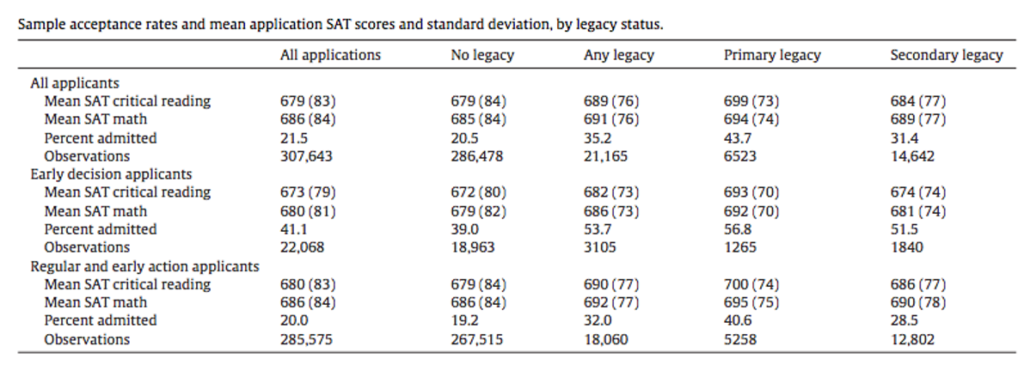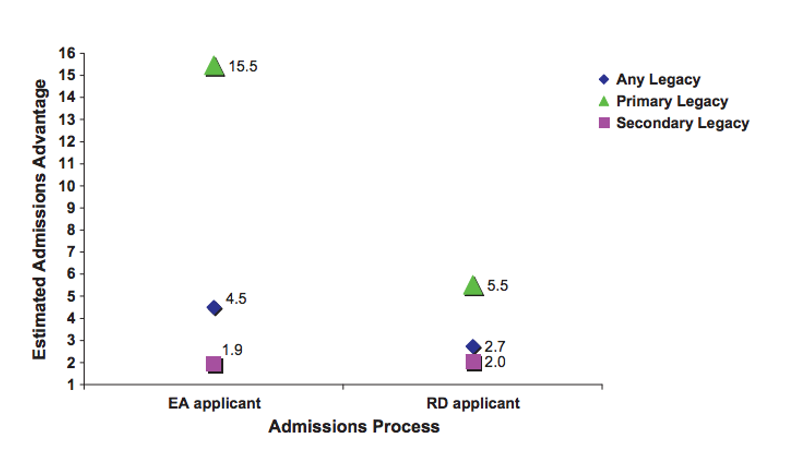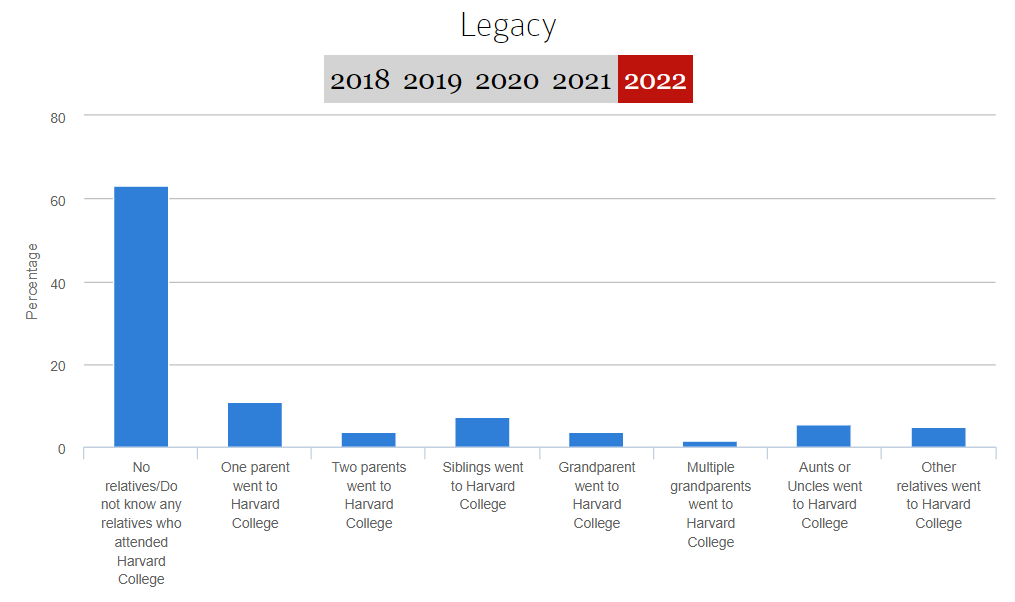 Is there such a thing as sibling legacy?
Is there such a thing as sibling legacy?
Broadly, watching your older sibling go through the college process can help you do the same; you’ve observed your sibling’s path through high school and college, tagged along on college visits, and maybe even picked up a few good work habits or new activities.
But what is the precise impact on your chances of being admitted to the same college?
Although much has been written about (and colleges capture data on) parent legacy, very little is published about sibling legacy. In 2010, Michael Hurwitz, at Harvard Graduate School of Education, conducted a landmark study on the impact of having undergraduate legacy on 30 selective colleges. Hurwitz defined “primary legacy” as having at least one parent attend the institution as an undergraduate, and “secondary legacy” as having a sibling, grandparent, aunt, or uncle attend the institution as an undergraduate or graduate, or parent attend as a graduate student.
Hurwitz’s study showed that legacy had a significant impact on admissions rates. For students with no legacy advantage, 41% were admitted ED, and 20% regular or EA. Students with primary legacy had the highest acceptance rate, of 57% of ED applicants and 41% of regular and EA applicants. Students with secondary legacy also exceeded those with no legacy, with 52% accepted ED and 29% accepted regular or EA.
Legacy plays a much greater role in early admissions than regular admissions, and primary is far stronger than secondary. Hurwitz calculated the “legacy admissions advantage” and found that students with primary legacy have “odds of admission multiplied by 5.5 for regular decision applications,” and 15.5 for early action applications. For secondary legacy, the estimated advantage is comparable for early action applications (chances multiplied by 1.9) and regular decision applications (chances multiplied by 2.0).
For Harvard’s Class of 2022, 7.2% of enrolled students had sibling legacy.
In summary, at highly selective schools, legacy status helps, among qualified applicants, and especially if the student is applying ED. Also, admitted legacy applicants tend to have strong, if not stronger, test scores and academic qualifications, than their admitted peers. This is not an avenue for admitting lower-performing applicants.
Why do colleges value sibling legacy?
Part of the motivation for institutions to accept students with parent or sibling legacy is tied to an expectation of greater donations. Parents are more likely to give money to their alma mater if one of their children attend, and are even more likely if two children attend and they do not need to split their charitable giving among several colleges.
Admitting legacies may also improve a college’s yield, as they are more likely to enroll. Don Bishop, associate vice president for undergraduate enrollment at Notre Dame finds that legacy students commit to attend at a much higher rate than non-legacies. In 2018, Bishop stated that the admit rate for legacy students was 36%, compared to the general overall acceptance rate of 15% to 16%.
Interestingly, sibling legacy may matter more to private colleges than public universities. In 2018, Inside Higher Ed’s survey of college admissions directors found that “42% of admissions directors at private colleges and universities said legacy status is a factor in admissions decisions at their institutions. The figure at public institutions is only 6%.” Private colleges may rely on legacy as a way to build college community and loyalty.
For most colleges, the role of sibling legacy is informal. Ben Kavanaugh, Associate Director of Admissions at Bucknell University, states, “We certainly pay attention to sibling status but I wouldn’t say it acts as any kind of thumb on the scale.” Some elite schools, such as MIT and CalTech, expressly do not consider legacy in their admissions process.
The Special Case of Twins and Multiples
Twins and other multiples represent a special situation in that admissions decisions are rendered at the same time, and the nature of the decisions may impact whether two (or more) prospective students choose to attend. Typically, each applicant’s file is reviewed independently, but at the end of the process, the admissions team may conduct one more review of twins or other multiples to make sure the decisions are justifiable and consistent, and adjust if appropriate.
Colleges are sensitive to the unique impact of admissions decisions on twins. According to The New York Times, “Relationships between multiples, as they refer to themselves, are often exceedingly close. When the rejection or acceptance e-mail arrives, sometimes on a single computer, the glory, disappointment, envy and guilt play out under the same roof, threatening the single most important relationship in their lives, beyond the one with their parents.”
Parke Muth, who served in admissions for selective universities for nearly 30 years, said, “When I worked in admission, we always ran a list of twins before decisions went out. If at all possible, we tried to be consistent if they presented applications that were quite similar. In talking with a number of highly selective schools, they would do the same.”
Anecdotally, some colleges actively seek out twins, and will ask specifically on the Common App supplement form. Duke University has such a question, and has been known to contact the twin of an applicant who has not applied.
Applying to college is a complex process! At Collegiate Gateway, we understand the stress and anxiety surrounding these new changes in the college process. Explore our upcoming presentations on our website or set up a complimentary consultation to learn about our admissions consulting services. Whatever your question, Collegiate Gateway is happy to help!



